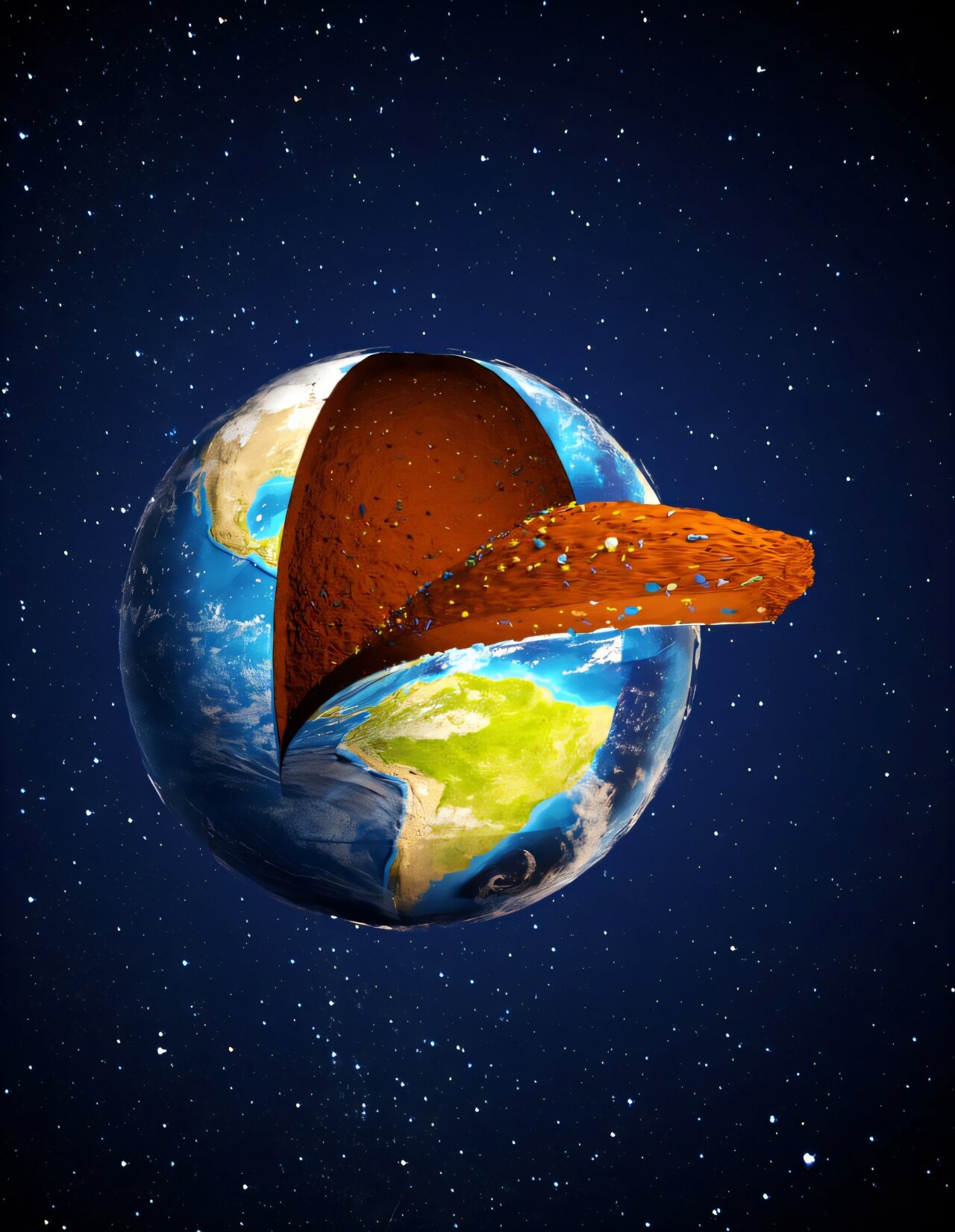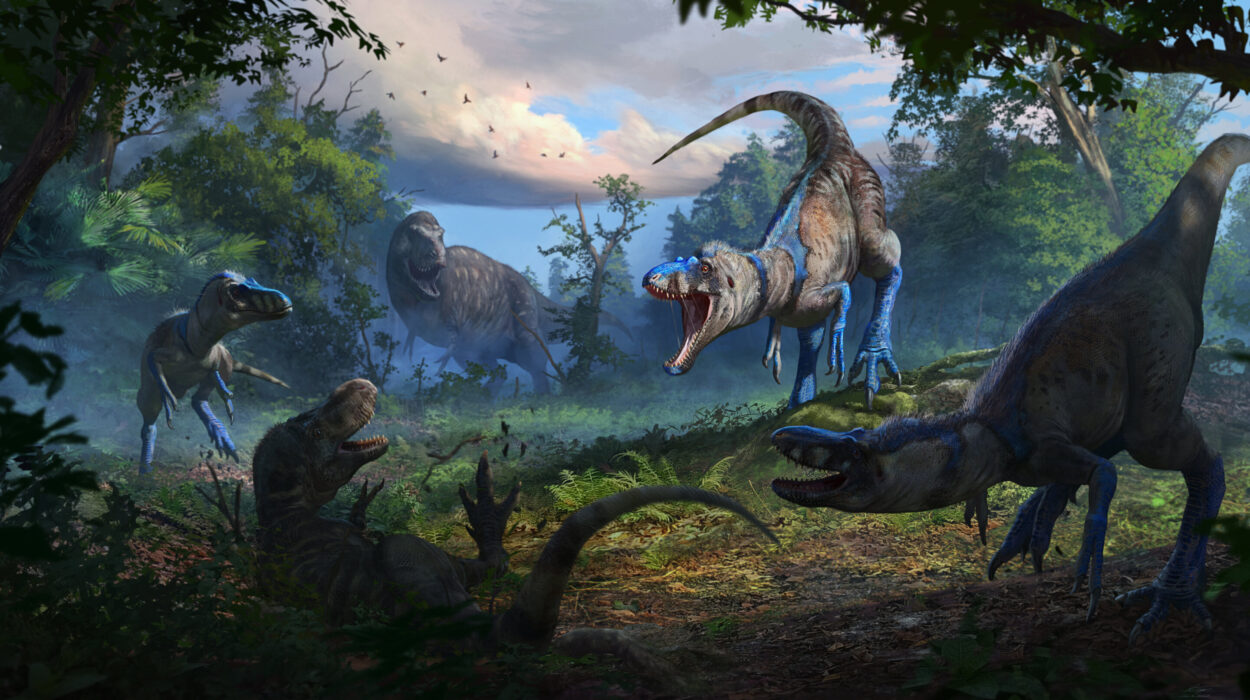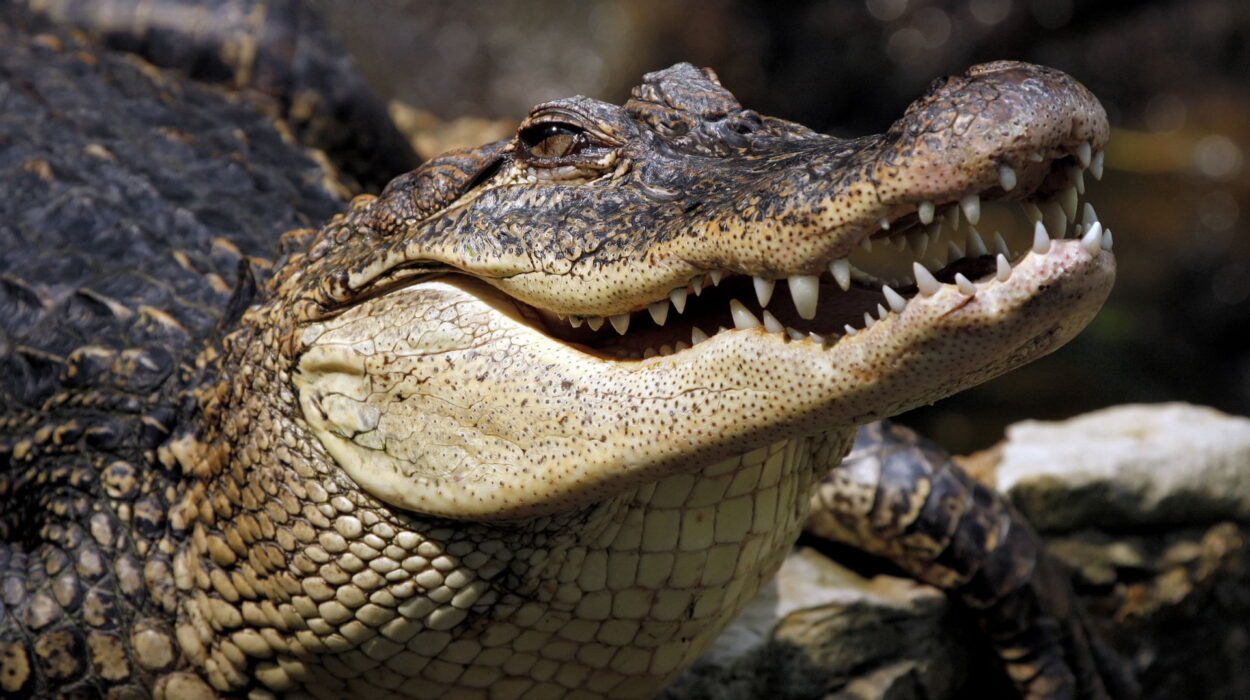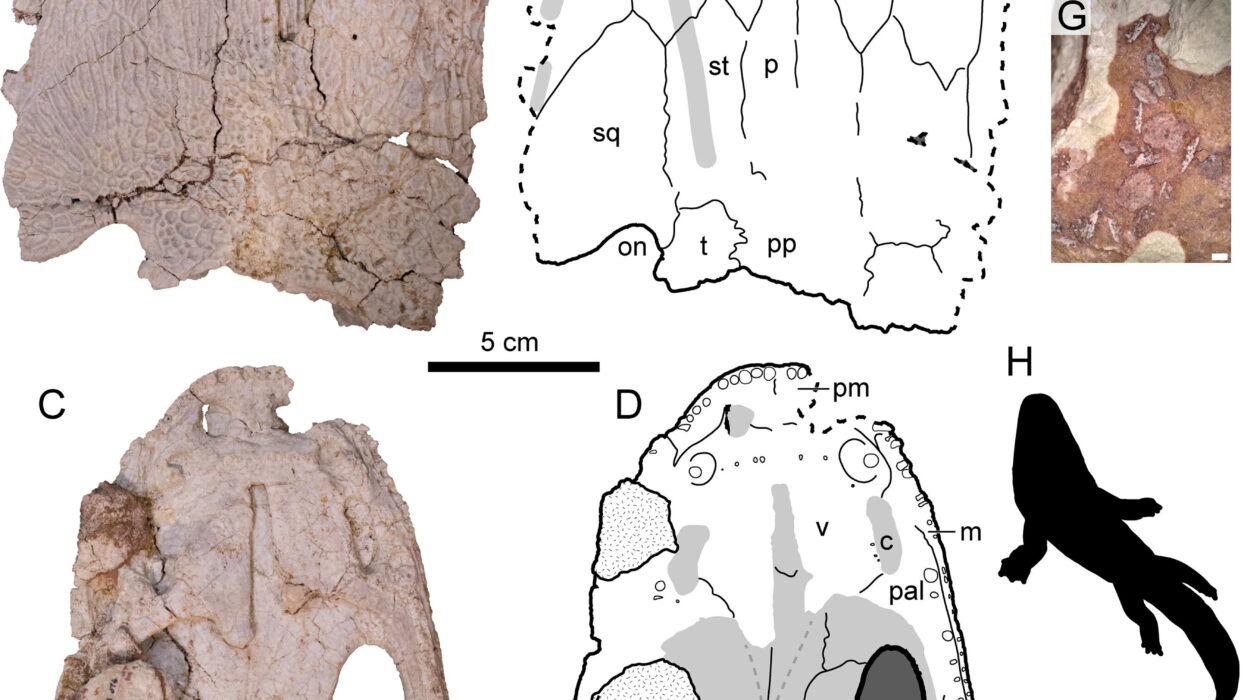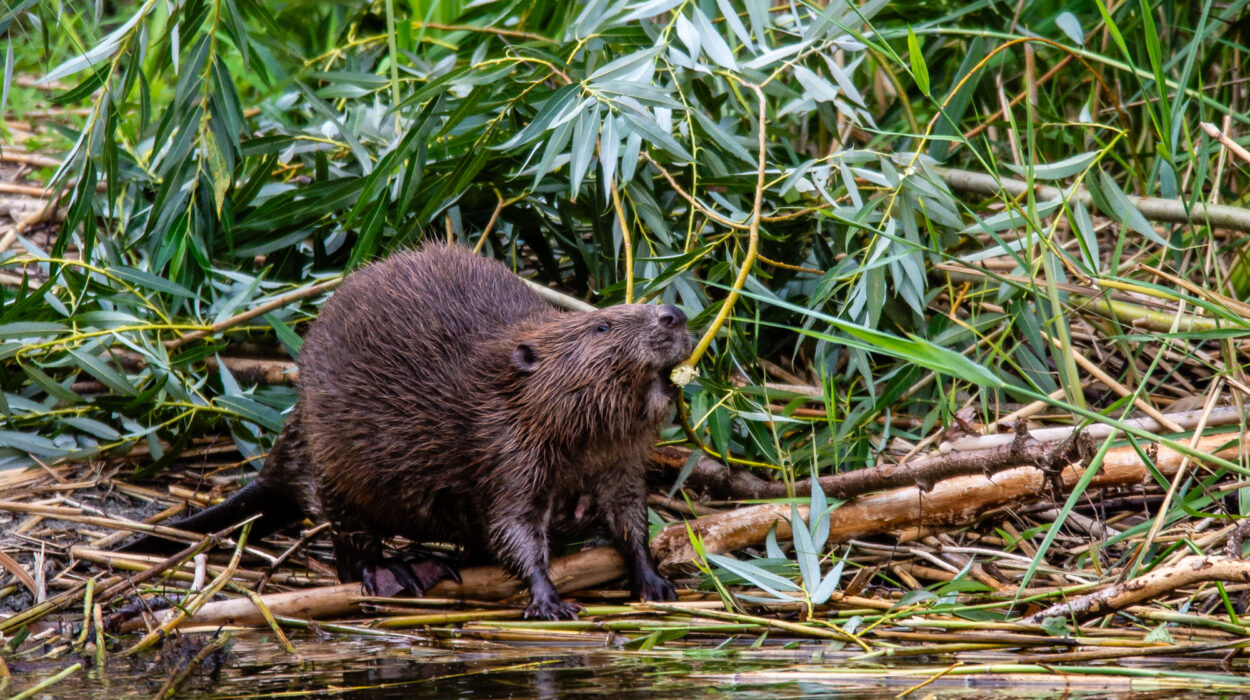Beneath our feet lies a world as mysterious and vital as the stars above. While humanity has mapped the surface of Mars and traced the movements of distant galaxies, vast portions of Earth’s own “living skin” remain unexplored. One of the least understood regions? The Critical Zone—a dynamic vertical slice of the Earth stretching from the forest canopy down through layers of rock and soil, sometimes reaching depths of 700 feet.
Now, scientists have made a discovery in this hidden biome that could reshape our understanding of soil ecology, water purification, and microbial evolution. Researchers, led by microbiologist James Tiedje of Michigan State University, have identified an entirely new phylum of microbes—a major taxonomic group—thriving deep underground. These microscopic inhabitants, known as CSP1-3, aren’t just passive dwellers; they’re active agents in the purification of groundwater, filtering what eventually becomes our drinking water.
The discovery, detailed in the Proceedings of the National Academy of Sciences in a paper titled “Diversification, niche adaptation and evolution of a candidate phylum thriving in the deep Critical Zone,” opens a new chapter in soil science and offers a glimpse into an ancient, unseen world.
“We Know Less About Soil Than the Stars”
Leonardo da Vinci once observed that “we know more about the movement of celestial bodies than about the soil underfoot.” Centuries later, Tiedje echoes this sentiment—but he’s doing something about it.
A University Distinguished Professor Emeritus at MSU, Tiedje has spent his career exploring microbial life in the Earth’s Critical Zone. “Despite its importance, the deep Critical Zone is a new frontier,” he said. “It’s a major part of Earth that is relatively unexplored, but it’s critical—it regulates processes like water cycling, nutrient cycling, and soil formation, all essential for life.”
The Critical Zone isn’t just an abstract geological term—it’s the beating heart of our planet’s ecosystems. It’s where air, water, rock, and living organisms interact in a symphony that governs life above ground. And now, we know it harbors previously unknown life forms that could have huge environmental implications.
The Microbial Goldmine Beneath Iowa and China
The breakthrough came from an unlikely partnership between two distant locations: Iowa and China. Why these regions? Both boast deep, well-developed soils. Researchers suspected that if CSP1-3 appeared in both, it might be a globally distributed phylum rather than a regional anomaly.
Soil cores were taken from depths of up to 70 feet—far beyond typical agricultural or ecological sampling. Within this mineral-rich, oxygen-poor environment, researchers struck microbial gold.
Through DNA sequencing, Tiedje’s team uncovered the evolutionary backstory of CSP1-3. These microbes originated in water, particularly hot springs and freshwater systems, before adapting to surface soils and, over time, penetrating deeper underground. This evolutionary journey mirrors Earth’s own changes, reflecting shifts in habitat and climate over millions of years.
“We often think of deep soil organisms as being dormant or spore-like,” Tiedje noted. “But the DNA told us otherwise—these microbes are alive, metabolizing, and slowly growing.”
That activity was striking. Not only were they active, but they were also abundant. In some samples, CSP1-3 made up more than 50% of the microbial community—a dominance never seen in surface soil samples, where microbial diversity usually prevents any one group from taking over.
“This deep soil is an extreme environment,” said Tiedje. “It’s low in nutrients, low in oxygen. CSP1-3 has evolved to thrive where others cannot. It’s the microbial equivalent of life in a desert or on the deep ocean floor.”
Nature’s Hidden Water Filters
The significance of this discovery goes beyond taxonomy. It’s not just that these microbes exist—it’s what they do.
Soil is Earth’s largest water filter, performing the crucial function of cleansing rainwater as it percolates downward into aquifers. While surface soils handle the first flush, deep soils are where the final purification happens. And that’s where CSP1-3 shines.
“These microbes are like the last line of defense,” Tiedje explained. “They metabolize leftover carbon and nitrogen compounds that escape the upper layers. Without them, more pollutants would reach our groundwater.”
In effect, CSP1-3 microbes are living custodians, quietly maintaining the integrity of the planet’s water systems. They’ve adapted over millennia to feast on the “leftovers” of biological and chemical processes occurring above them—turning potential pollutants into harmless compounds.
It’s a natural detox system working 24/7 beneath our feet, and until now, we didn’t even know it existed.
What Makes CSP1-3 So Special?
Unlike most microbes studied in laboratories, CSP1-3 cannot yet be cultured, meaning scientists haven’t been able to grow them in controlled environments. This makes them part of what’s known as “microbial dark matter”—the vast majority of microbial life on Earth that can’t be cultivated using traditional methods.
But Tiedje’s team is working to change that. Drawing from clues in CSP1-3’s genome, they’re experimenting with unconventional growth conditions, like higher temperatures reminiscent of hot springs—an echo of the microbes’ ancient ancestors.
Cracking the code to culturing CSP1-3 could unlock valuable insights into their physiology and biochemical abilities. What kinds of pollutants can they digest? Can their unique enzymes be used in environmental cleanup or industrial processes? The possibilities are tantalizing.
“Every organism has its own biochemistry,” Tiedje said. “And sometimes that biochemistry holds the key to solving major environmental challenges.”
His past work included discovering microbes capable of dechlorinating toxic compounds—a breakthrough in cleaning up industrial waste. If CSP1-3 can tackle pollutants in similar ways, the applications could range from groundwater remediation to sustainable agriculture.
Beyond the Lab: A New Chapter in Environmental Science
The discovery of CSP1-3 underscores just how little we know about the ecosystems beneath our feet—and how much is at stake.
In a time when climate change, pollution, and biodiversity loss are reshaping Earth’s surface, the subsurface might hold solutions. Understanding how microbes like CSP1-3 operate in deep soil could influence how we protect water supplies, manage land use, and design future environmental policies.
It’s also a reminder of the interconnectivity of life. What happens in the deepest layers of soil ultimately affects the air we breathe, the food we grow, and the water we drink.
As scientists continue to explore the Critical Zone, they’re likely to discover more unknown organisms playing invisible yet vital roles. Each new phylum, like CSP1-3, is a chapter in Earth’s ongoing story—a story written not in words but in molecules, metabolism, and microbial whispers.
And while we may still know more about the stars, thanks to the work of researchers like James Tiedje, we’re beginning to listen more closely to the soil beneath our feet.
Reference: Wenlu Feng et al, Diversification, niche adaptation, and evolution of a candidate phylum thriving in the deep Critical Zone, Proceedings of the National Academy of Sciences (2025). DOI: 10.1073/pnas.2424463122
